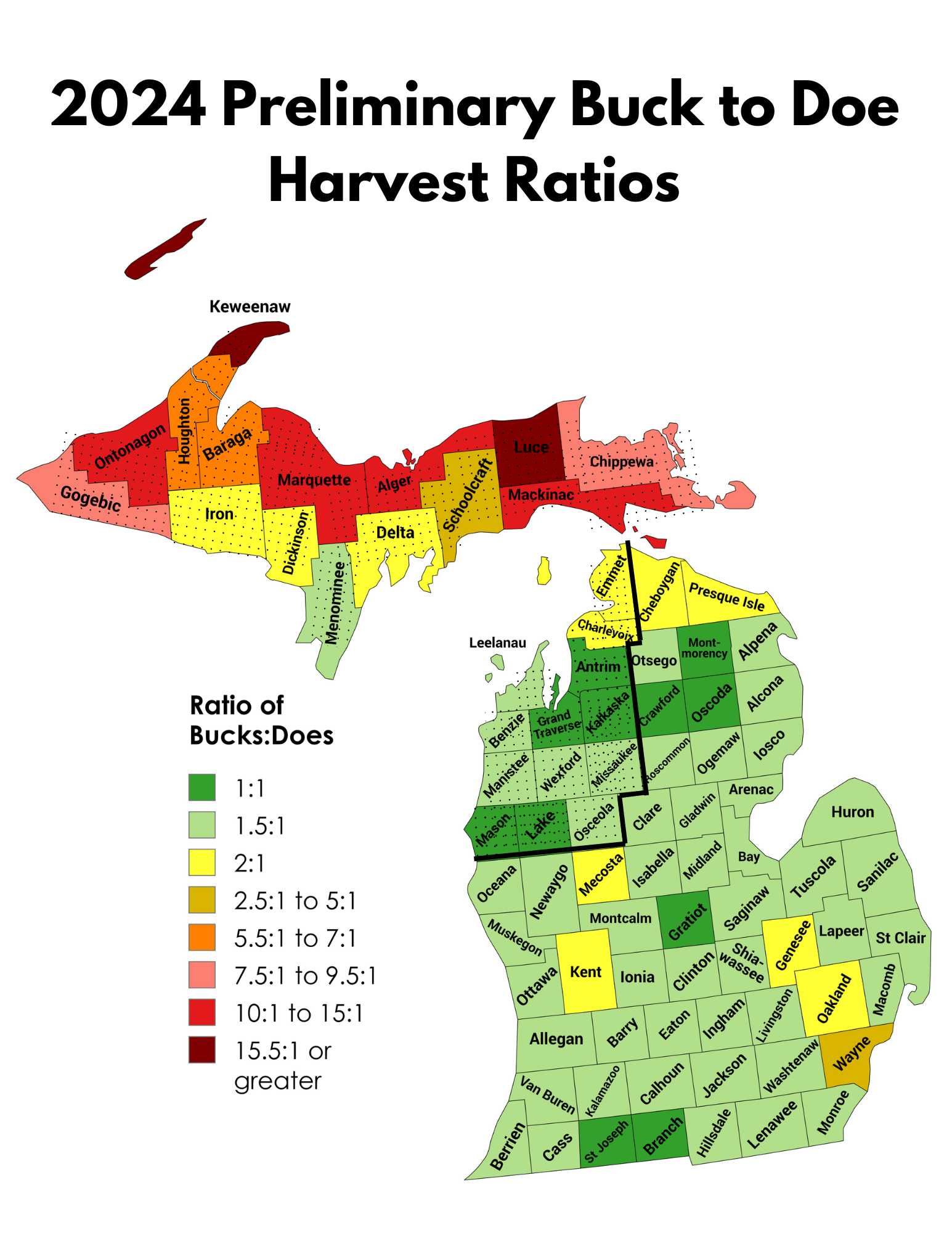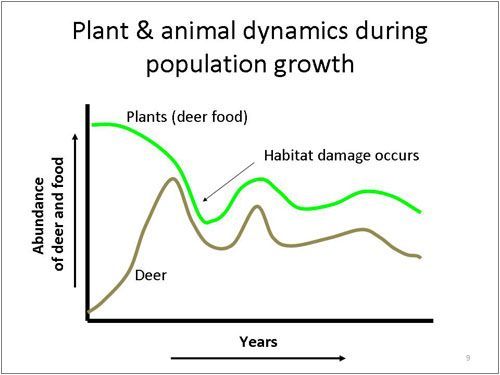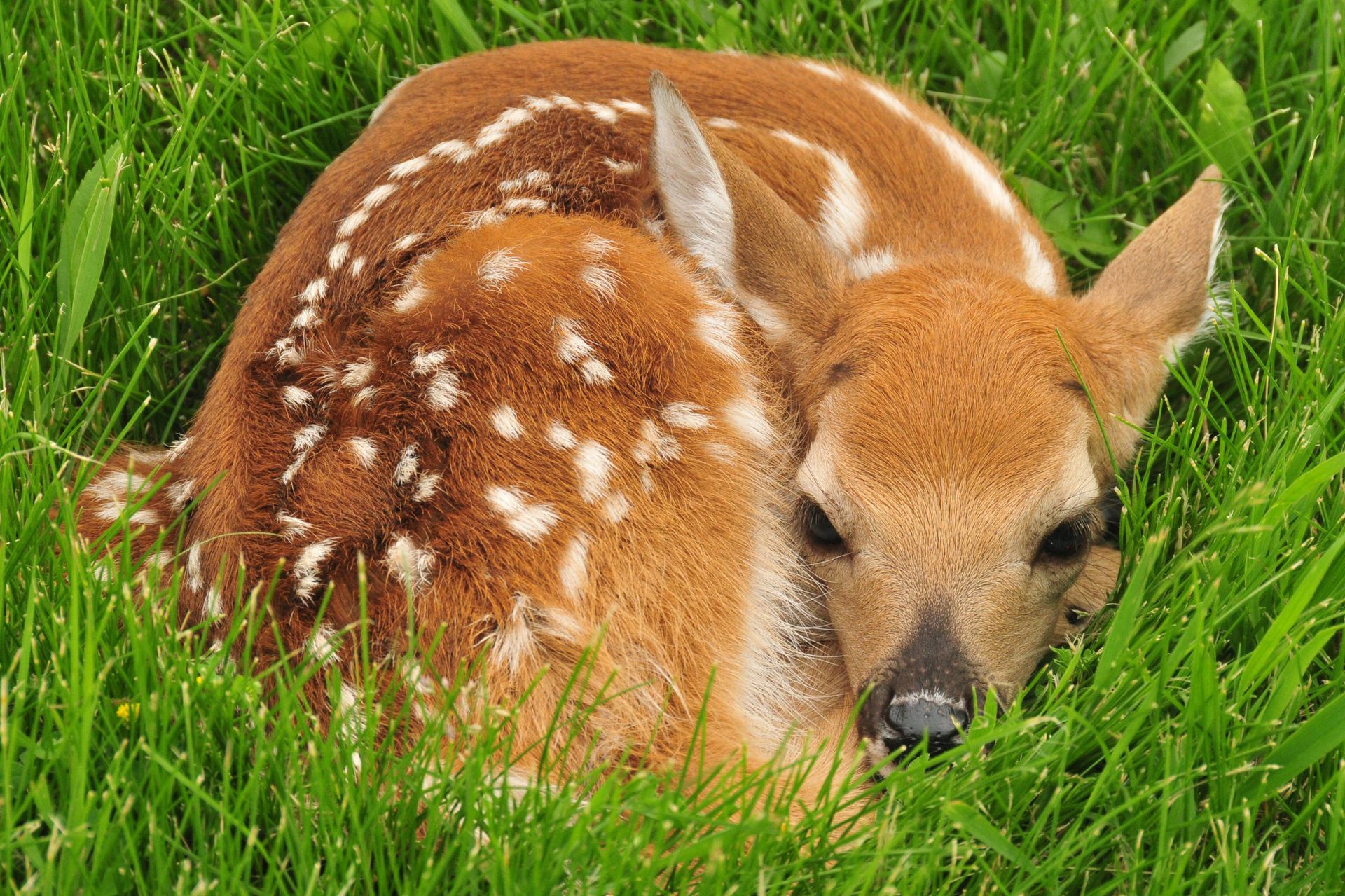Hunter Management: White-tailed Deer
While we are in the last few days of muzzleloader deer season here in Michigan, many hunters have already begun showing off their harvests. With the initial deer firearm season over, the Michigan Department of Natural Resources has released their preliminary numbers for the 2024 harvest report. Numbers as reflected in this report from the DNR, along with other variables, are essential for future management plans. In addition to celebrating the accomplishments of hunters, we also wanted to highlight the importance of hunters as a management tool for deer herds of Michigan.
Hunter Management
When managing the white-tailed deer herd, there has been more encouragement for finding the balance of a buck to doe ratio. The push for hunters to harvest more does than bucks can be seen with the antler point restrictions, discounted antlerless tags, and additional antlerless opportunities in some counties. Lacking a single silver bullet, it is important to consider and understand the role hunters play in wildlife management. The stippling on the harvest report map represents strict antler point restrictions for deer tags. This report highlights a trend in which most counties in the lower peninsula have a ratio of 1.5 bucks or less to one doe with a few exceptions. Additionally, the upper peninsula sees much more variation with higher buck harvest ratios in correlation with increasing latitude. The intention of harvesting more does is to help with population control which indirectly impacts disease spread among the herd as mentioned by MSU Extension. Additionally, herd control can limit human-wildlife conflict, promote healthy vegetation, and improve deer health. The most recent positive impact for hunters is the extension of late antlerless firearm in 2025 in an effort to balance the population. Depending on the regulations in your area, you may also be able to consider the extended urban archery season as a mode of control.

Population Control
Recognizing the condition of the local habitat can help aid management decisions, especially if the environment is unable to support the current deer herd. In areas with large populations, resources can quickly become limited leading to issues like over-browsing. Under these conditions, some native vegetation can struggle to regenerate at a rate faster than demand. Natural resources then become limited, decreasing population growth of the herd and potentially leading to population decline as part of the natural balance. This type of relationship is demonstrated in the graph by Mississippi State University’s Deer Ecology and Management Lab. In addition to the balancing of the deer herd, other herbivores and predators further down the food chain can also be impacted by this shift in balance.

This regulation of the deer herd also decreases the risk of deer-vehicle collisions if managed properly. The reduced population of more suburban areas would limit environmental stressors which may otherwise push individuals to new areas. This forced relocation associated with stress can lead to hasty crossings of public roads, increasing vehicle collisions. However, with adequate herd management, the population should reach a point of stabilization in which car accident frequency due to deer would decline.
In addition to these impacts on population, controlling the numbers within the deer herd can also benefit us economically through decreased browsing on crops by deer. Not only does this improve the revenue of crop farmers, but this can also balance the predator populations. As with all management, there is no one-size fits all plan reach a goal. Management decisions need to consider several variables that can change by state, county, and even forest stand. Additionally, natural resource managers must acknowledge how one management technique may impact another species, especially when there are invasive or endangered species around.
Disease Control
Along with population control, harvesting a greater ratio of does can also decrease the likelihood of disease transmission. When a population has an overabundance of individuals, there is a higher probability of close contact. It is critical to understand disease ecology to determine what kind of management may be needed. Consider the disease concerns the local deer herd is experiencing before deciding what kind of management would be beneficial. Many diseases like chronic wasting disease (CWD) have the ability to spread through direct contact. Therefore, the decrease in population would help limit individual interactions hence aiding disease control. However, diseases can be unpredictable and may require altered management requirements. This was demonstrated on the southwestern side of Michigan after the Epizootic Hemorrhagic Disease outbreak this fall.
Get Involved
If you wish to regulate the local deer population, make sure you abide by the regulations of the annual DNR deer hunting handbook. Additionally, ensure you report your harvest as these numbers influence the management decisions of the DNR locally and statewide. You can learn more about deer management including disease information and habitat use on the DNR site.




